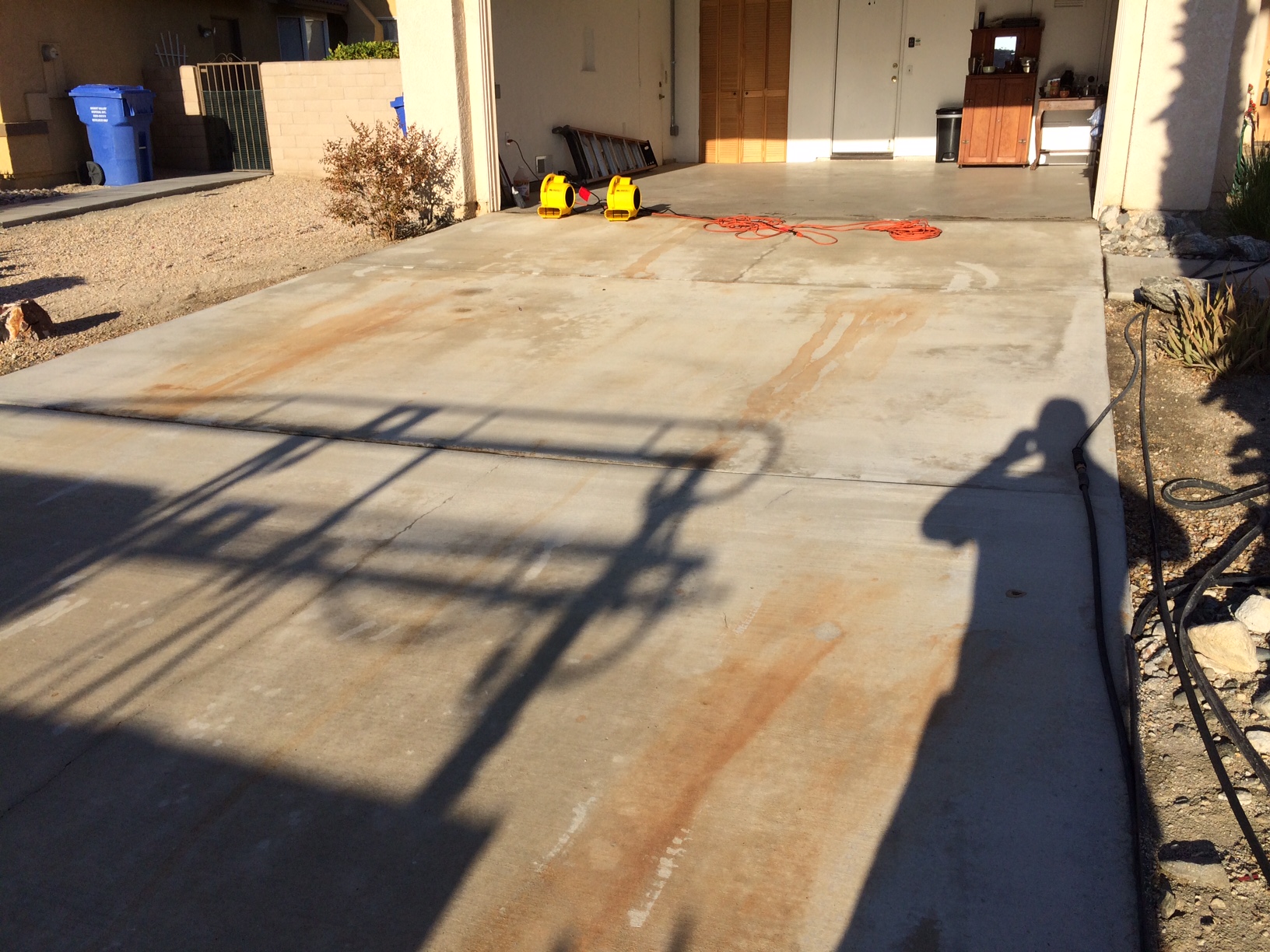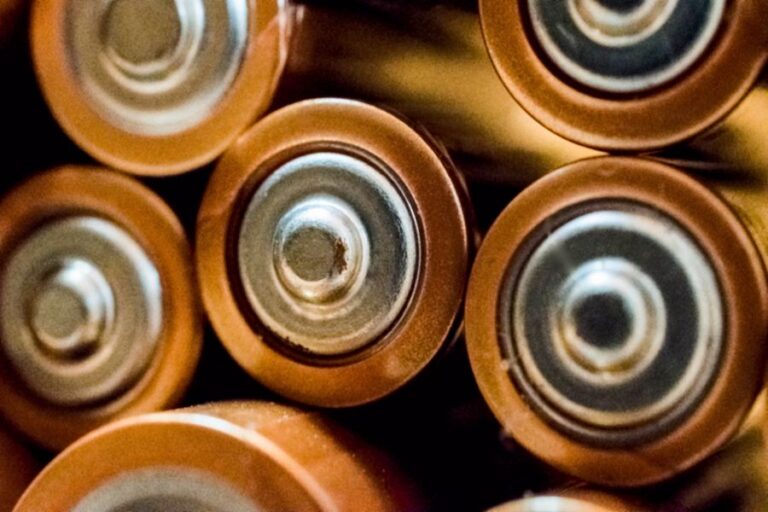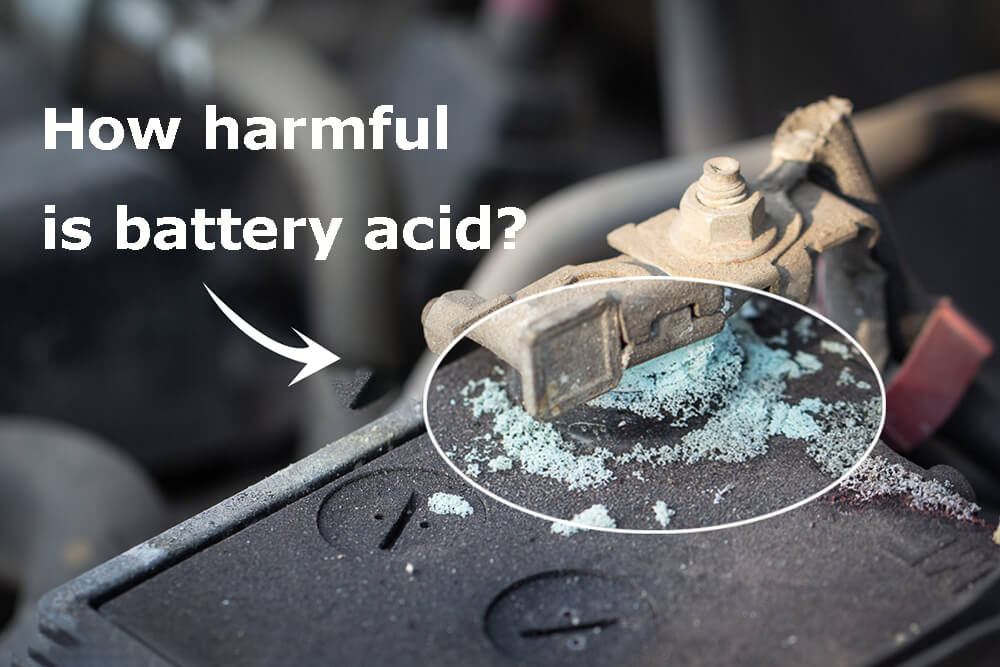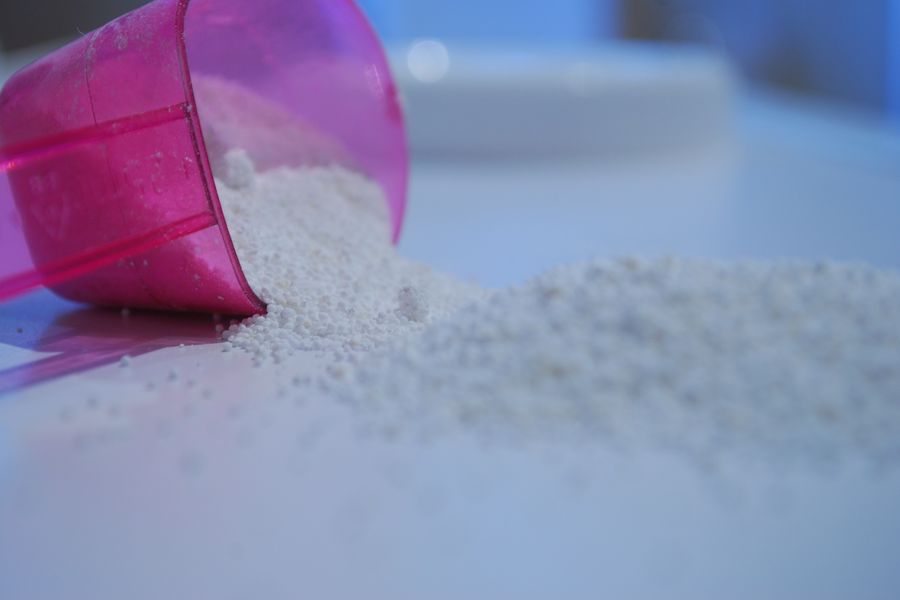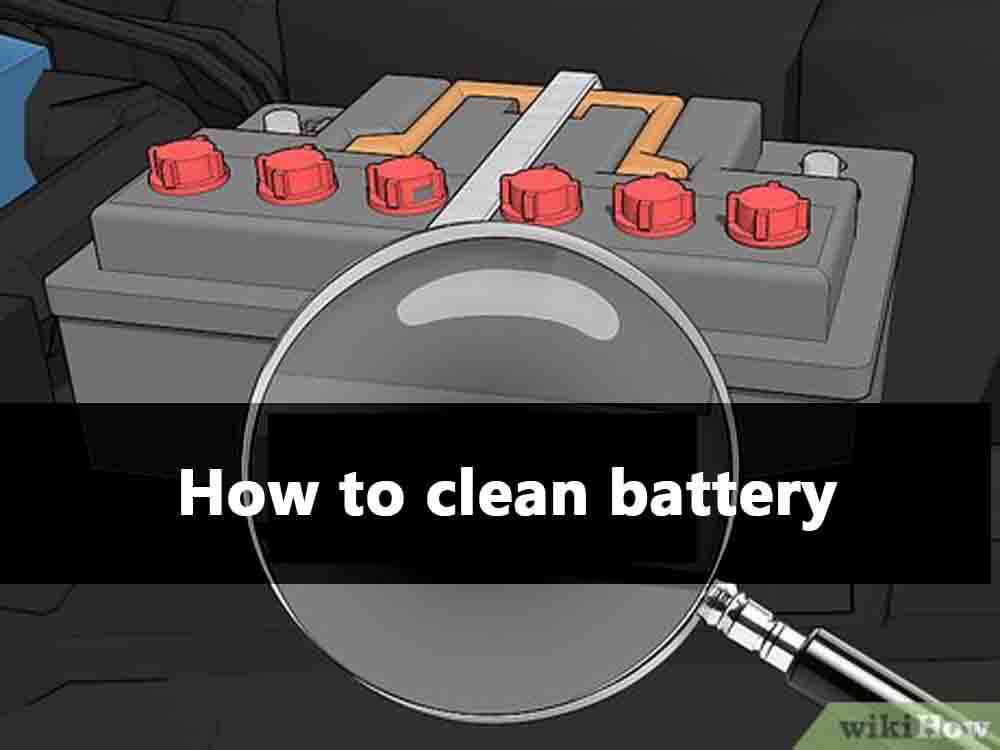How To Clean Battery Acid Off Of Concrete

Imagine this: a bright, sunny Saturday. You're finally tackling that long-overdue garage clean-up, ready to reclaim your space. But then, disaster strikes. You notice a telltale white, crusty stain marring your pristine concrete floor, a clear sign of battery acid having escaped its confines. The panic sets in – what now?
Removing battery acid from concrete is a task that requires caution and the right approach. This guide provides detailed steps, safety measures, and alternative solutions to help you restore your concrete surface effectively and safely.
Understanding the Enemy: Battery Acid
Battery acid, primarily sulfuric acid, is a corrosive substance that can damage concrete. Concrete, being porous, readily absorbs liquids, allowing the acid to penetrate and weaken its structure. This can lead to discoloration, pitting, and even structural damage if left untreated.
The severity of the damage depends on the concentration of the acid, the duration of exposure, and the type of concrete. Prompt action is crucial to minimize the long-term effects.
Safety First: Protecting Yourself
Before you even think about grabbing a cleaning solution, prioritize your safety. Always wear protective gear: this includes safety glasses, chemical-resistant gloves (nitrile or neoprene are good choices), and long sleeves and pants.
Consider wearing a respirator if you are working in a poorly ventilated area. Battery acid can release fumes that irritate the respiratory system. The goal is to prevent any contact with your skin, eyes, and lungs.
Neutralizing the Acid: Your First Line of Defense
The key to removing battery acid is neutralization. You need to counteract its acidity with a base. Baking soda (sodium bicarbonate) is an excellent and readily available option.
Generously sprinkle baking soda over the affected area, ensuring complete coverage. You'll notice a fizzing reaction as the baking soda neutralizes the acid. This is a good sign!
Let the baking soda sit for at least 30 minutes, allowing it to fully react with the acid. For larger spills or older stains, you may need to repeat this process several times.
Scrubbing and Rinsing: The Cleaning Process
Once the baking soda has had time to neutralize the acid, it's time to scrub. Use a stiff-bristled brush (avoid metal brushes, which can damage the concrete) to work the baking soda into the concrete.
Apply moderate pressure and scrub in circular motions to loosen any remaining residue. Be thorough, paying attention to any cracks or crevices where acid may have seeped in.
After scrubbing, rinse the area thoroughly with water. A garden hose with a spray nozzle works well for this. Make sure to wash away all traces of baking soda and neutralized acid.
Dealing with Stubborn Stains: When Baking Soda Isn't Enough
Sometimes, despite your best efforts, a stain may persist. In these cases, you might need to consider stronger cleaning solutions. However, proceed with caution and always test any new solution in an inconspicuous area first.
Trisodium phosphate (TSP) is a more powerful cleaning agent that can be effective for removing stubborn stains. Mix TSP with water according to the manufacturer's instructions.
Apply the TSP solution to the stained area, let it sit for a few minutes, and then scrub and rinse as before. Remember to wear appropriate protective gear when working with TSP.
Alternative Solutions: Exploring Other Options
Several commercial concrete cleaners are specifically designed to remove acid stains. These products often contain a blend of detergents and neutralizing agents.
Follow the instructions on the product label carefully, and always test in a small area first. Consider consulting with a professional concrete cleaning service for particularly challenging stains or large areas.
Another less conventional, yet surprisingly effective option, is using a poultice. A poultice is a paste-like mixture that draws out stains from porous materials.
Mix baking soda with water to form a thick paste. Apply the paste to the stain, cover it with plastic wrap, and let it sit for 24-48 hours. The paste will absorb the stain as it dries, then scrape it off.
Preventing Future Spills: Taking Precautions
Prevention is always better than cure. To avoid future battery acid spills, store batteries in designated containers designed for battery storage. These containers are typically acid-resistant and help contain any leaks.
Place batteries on a protective mat or tray to catch any drips or spills. Regularly inspect batteries for signs of corrosion or damage, and replace them as needed.
When working with batteries, be mindful of the surrounding area. Avoid placing batteries on bare concrete surfaces, and always use caution when handling them.
Disposal: Handling Neutralized Waste
Proper disposal of neutralized battery acid and cleaning materials is essential for environmental protection. Contact your local waste management authority for guidance on how to dispose of these materials safely.
In many areas, neutralized battery acid can be disposed of with regular household waste. However, it's always best to confirm with your local authorities to ensure compliance with regulations.
Never pour battery acid or cleaning solutions down the drain or into the storm sewer. This can contaminate water sources and harm the environment. Responsible disposal is key.
The Satisfaction of a Clean Surface
Cleaning battery acid from concrete can be a bit of a process, but the reward is a clean, stain-free surface. More importantly, you've prevented potential damage to your concrete and ensured a safer environment. It’s a simple task that showcases our commitment to preserving the things we value.
Remember to prioritize safety, follow the steps carefully, and take your time. With a little effort, you can restore your concrete to its former glory and enjoy a clean, welcoming space. The pride you feel afterward is well worth the effort.
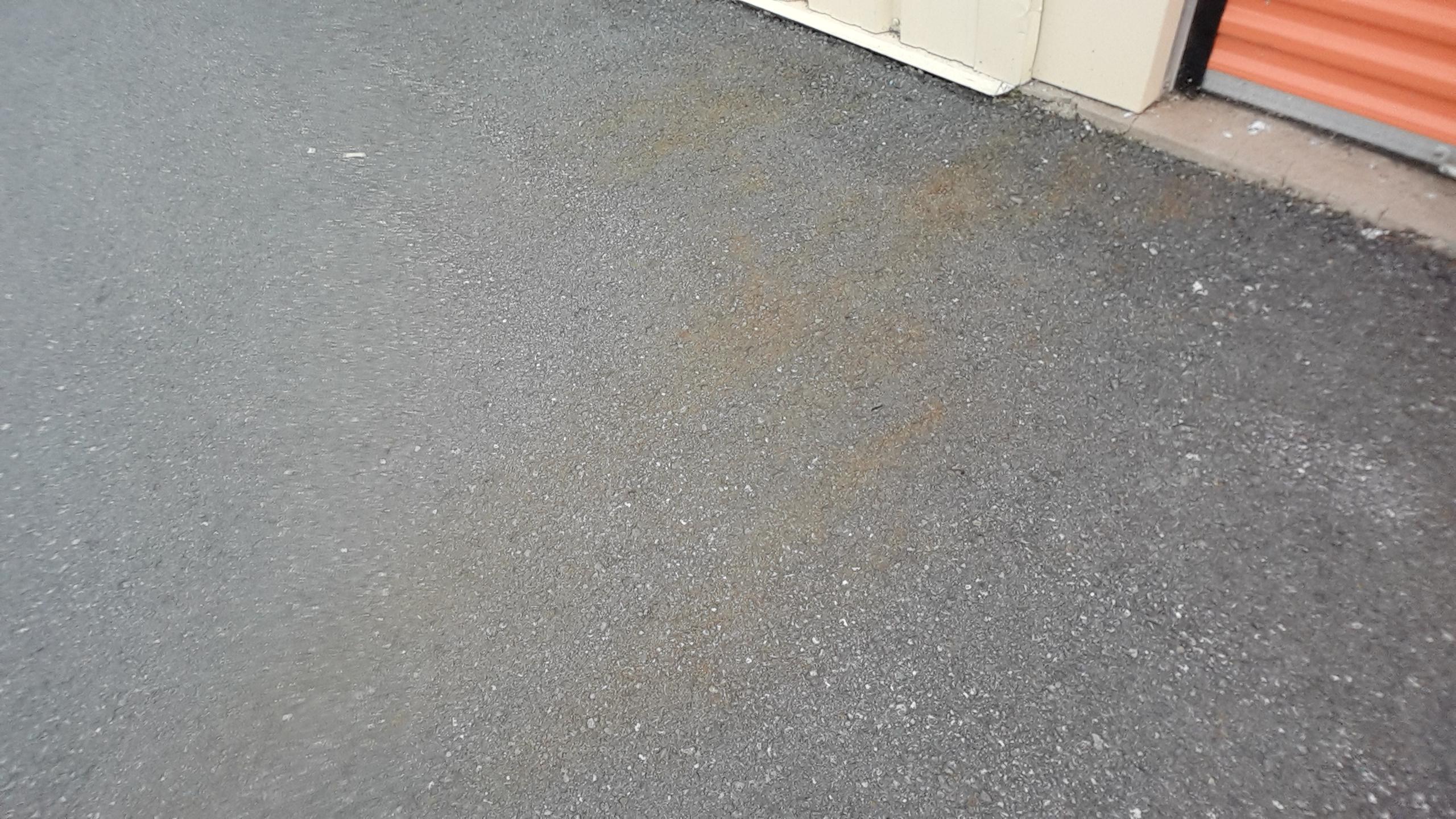
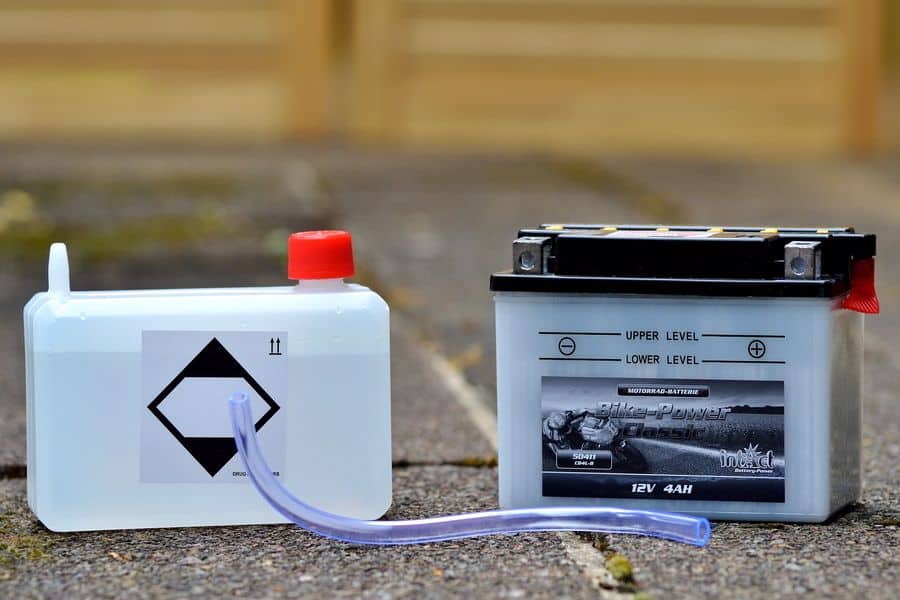
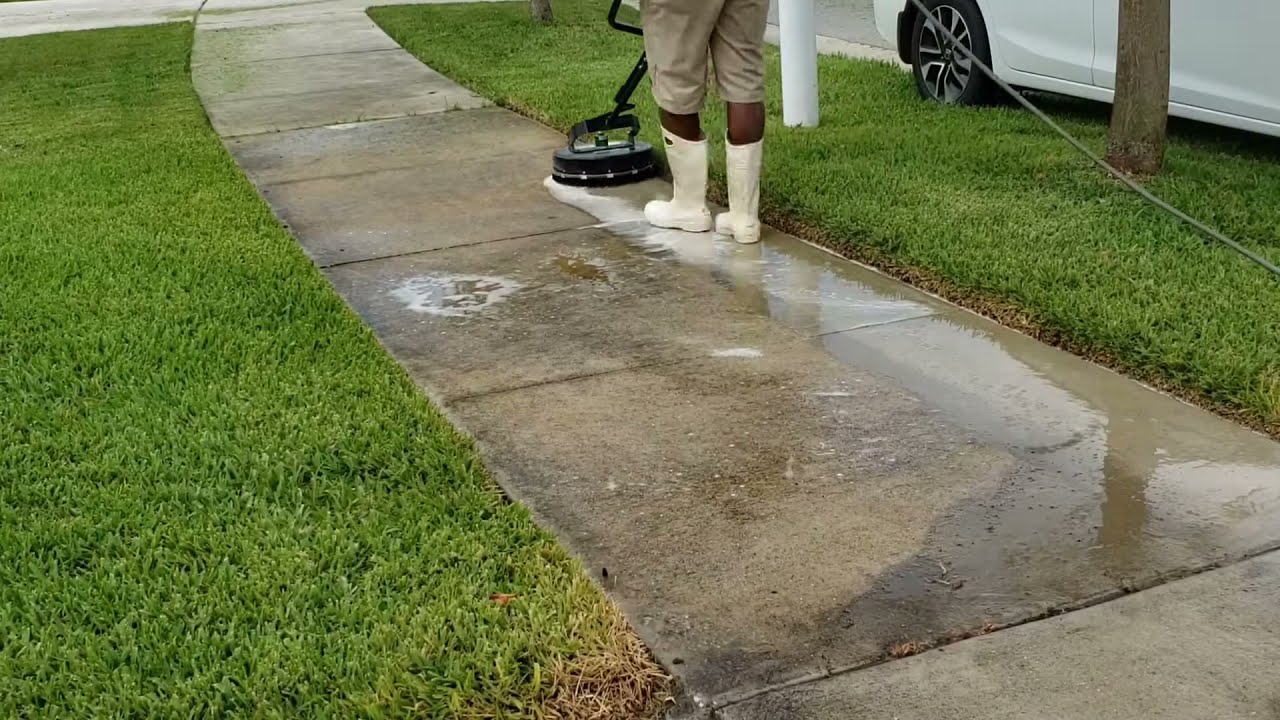

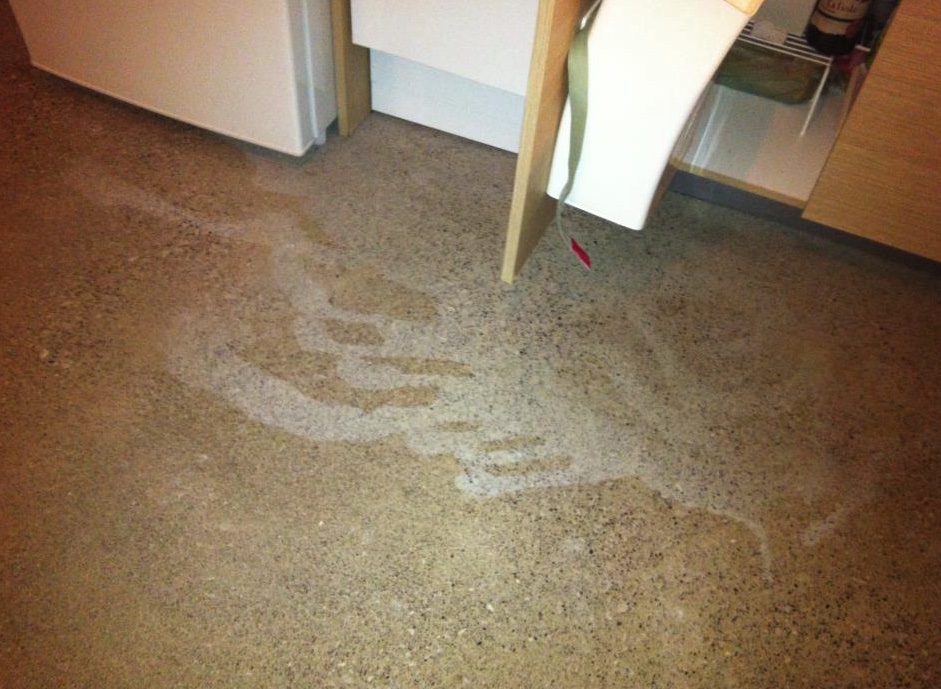

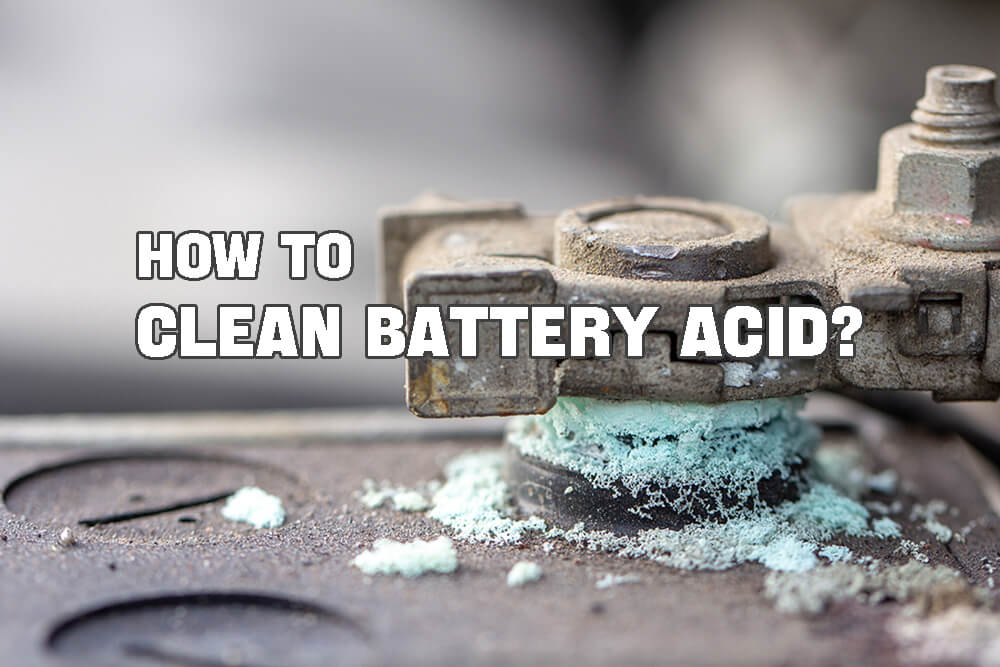
![How To Clean Battery Acid Off Of Concrete Remove Battery Acid Stain from Concrete [5 Effective Ways]](https://solvesonic.com/wp-content/uploads/Scrub-the-acid-stain-Place-with-bristle-brush.jpg)

